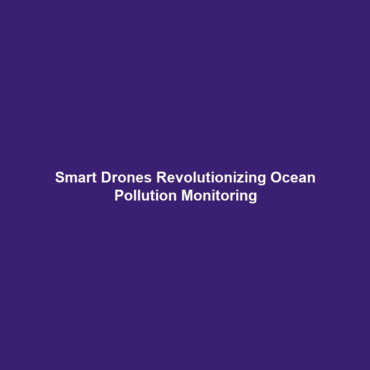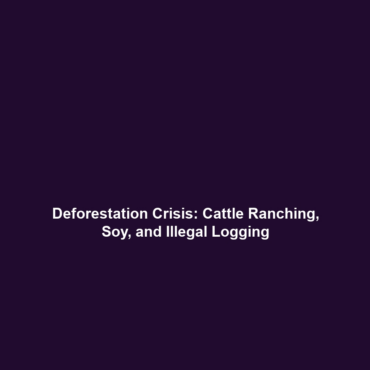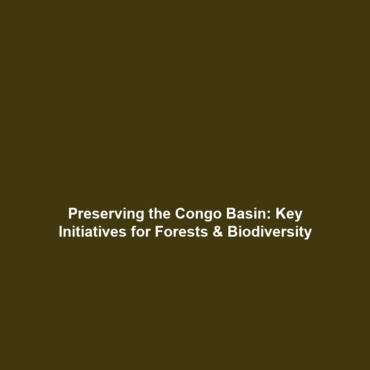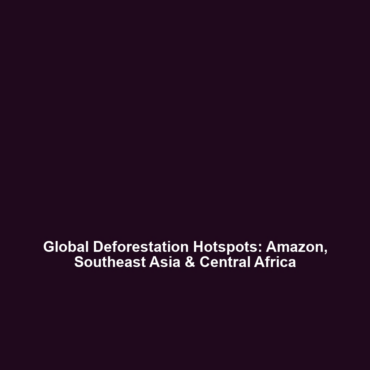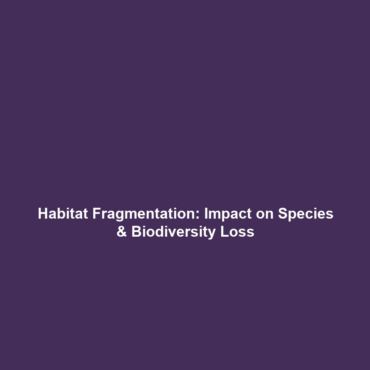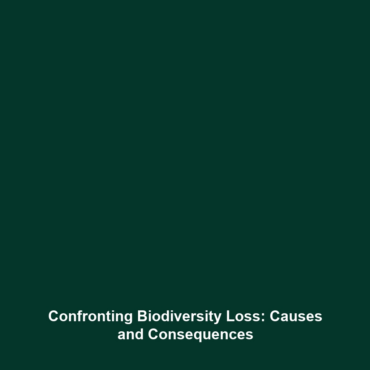Ocean Pollution Monitoring: Drones Detecting Plastic Waste and Pollutants
Introduction
Ocean pollution is a growing concern that poses significant threats to marine ecosystems and human health. The integration of drones in science offers a transformative approach to ocean pollution monitoring, particularly in detecting plastic waste and harmful pollutants. As the world grapples with environmental challenges, understanding the role of drones in tracking and mitigating ocean pollution becomes increasingly critical. This article explores the essential tools, applications, and future prospects of drones in monitoring ocean health.
Key Concepts
Ocean pollution monitoring encompasses various strategies and technologies designed to assess and manage pollutants in marine environments. Drones are equipped with advanced sensors and imaging technology, allowing for effective monitoring of:
- Remote Sensing: Utilizing satellite and aerial imagery to identify pollution hotspots.
- Environmental Sampling: Collecting data on water quality and trash accumulation using aerial systems.
- Real-time Monitoring: Offering timely information on pollution levels and distribution patterns.
Through these principles, drones significantly contribute to the field of drones in science, enhancing our understanding of environmental impacts and pollution dynamics.
Applications and Real-World Uses
The practical applications of ocean pollution monitoring using drones have become increasingly prominent. Notable examples include:
- Coastal Cleanup Efforts: Drones are deployed to survey and identify areas with high concentrations of plastic waste, aiding cleanup initiatives.
- Research and Data Collection: Scientists utilize drones to gather data on oceanic pollutants, assisting in environmental assessments.
- Wildlife Protection: Monitoring hazardous debris that may endanger marine species, informing conservation efforts.
These applications highlight how drones detecting plastic waste and pollutants are used effectively in the broader context of drones in science.
Current Challenges
Despite their potential, several challenges hinder the effectiveness of ocean pollution monitoring with drones:
- Limited flight times and range of battery-operated drones.
- Regulatory restrictions on drone usage over water bodies.
- Data interpretation challenges due to environmental variables affecting sensor accuracy.
Addressing these challenges of drone usage in environmental science is essential for maximizing their effectiveness in pollution monitoring.
Future Research and Innovations
Ongoing research into next-generation drone technologies is vital for enhancing ocean pollution monitoring capabilities. Innovations may include:
- AI Integration: Utilizing artificial intelligence to analyze data collected by drones for real-time decision-making.
- Hybrid Drones: Developing drones capable of operating in both aerial and underwater environments.
- Swarm Technology: Coordinating multiple drones to cover larger areas efficiently.
These developments promise to expand the role of drones in science and significantly improve our capacity to combat ocean pollution.
Conclusion
In summary, ocean pollution monitoring through drones is an innovative and essential approach to tackling environmental challenges posed by plastic waste and pollutants. The integration of these technologies in scientific research can yield invaluable insights into ocean health and contribute to effective management practices. For further information on the applications and innovations of drones in science, explore our other articles.
